On April 18, in Hanoi , the Vietnam Banking Association held a seminar to contribute ideas to the draft Law amending and supplementing a number of articles of the Law on Credit Institutions 2024. The seminar aimed to listen to the opinions of credit institutions, helping the drafting agency to complete the draft Law before submitting it to the National Assembly at the 9th Session of the 15th National Assembly (expected to open in May 2025).
Speaking at the opening of the seminar, Vice Chairman and General Secretary of the Banking Association Nguyen Quoc Hung said that bad debt settlement at credit institutions has encountered many difficulties in recent times, especially when Resolution 42/2017/QH14 expired and the new Law on Credit Institutions was passed, some contents of bad debt settlement are not regulated in the law. "Giving comments on the draft Law amending and supplementing the issue of bad debt settlement not only helps credit institutions in debt collection but also raises customers' sense of responsibility in debt repayment", Dr. Hung emphasized.
Bad debt increased by 34,000 billion VND in the first two months of the year.
According to the representative of the Banking Association, the Law on Credit Institutions 2024 has come into effect since July 1, 2024. Before the Law was passed by the National Assembly, the Banking Association was one of the units that actively participated with the State Bank of Vietnam to draft the Law. The initial drafting process included provisions on the seizure of collateral in the process of handling bad debts of credit institutions, however, when the Law on Credit Institutions 2024 was passed, this content was not included.
Along with that, Resolution 42/2017/QH14 also expired on December 31, 2023, seriously affecting the debt handling and recovery of a number of credit institutions and debt trading and handling organizations.
In fact, although credit institutions have been very active and proactive in implementing many measures to handle bad debts, control and limit the emergence of new bad debts, strengthen credit activities and implement policies to restructure debt repayment terms and maintain debt groups to support customers; but in the context of the domestic economy still facing many difficulties due to the impact of the world situation, while the legal corridor on handling secured assets and handling bad debts still has many shortcomings, lack of synchronization and unity, leading to an increase in bad debts.
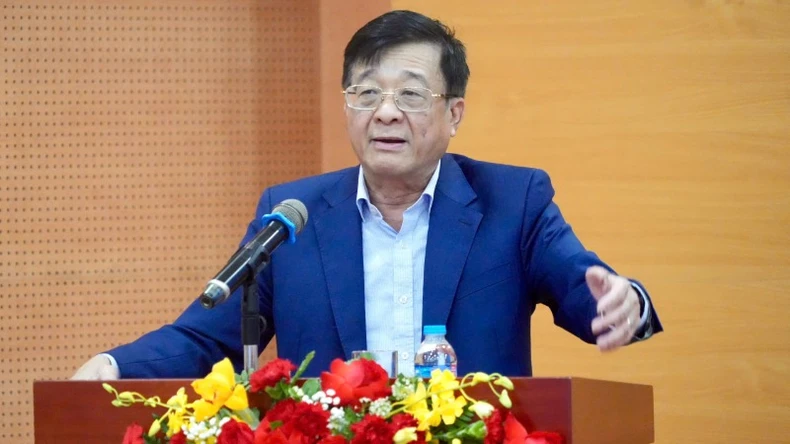 |
Vice President and General Secretary of Vietnam Banks Association Nguyen Quoc Hung spoke. |
By the end of December 2024, the ratio of on-balance sheet debt, debt sold to VAMC that has not been processed or recovered, and potential debt that has become bad debt of the credit institution system will be at 5.36% of the total outstanding debt, including the 5 restructured banks. If excluding the 5 restructured banks, the bad debt ratio will be about 1.93%, an increase of about 0.2% compared to 2023.
In 2024, the debt recovery rate mainly related to secured assets will account for about 46.6%. The rate of customers actively repaying bad debts to banks will only account for 36%; the remaining debt sold to VAMC and debt enforced through the sale of secured assets will account for a very low rate, about 7,000 billion VND.
In the first two months of 2025, bad debt increased rapidly (increased by about 34,000 billion VND), while the speed of bad debt handling only reached about 15,000 billion VND because credit institutions set aside risk provisions for handling.
“Thus, the source for bad debt settlement mainly comes from credit institutions deducting from risk reserves, which has greatly affected the business results of banks, as well as reducing resources to support businesses, cash flow cannot circulate, affecting liquidity if not handled promptly. Even judgments that have come into force are very entangled and difficult. There are judgments that have come into force, but after 27-28 times of enforcement, auctions, and property auctions, they still cannot be handled because of the Land Law. Of the more than 40,000 cases that have come into force and have been transferred to enforcement, in 2024, only 15% of cases will be resolved with small amounts compared to the effective judgments,” said Nguyen Quoc Hung, General Secretary of the Banking Association.
Filling the legal gap
At the seminar, Dr. Can Van Luc, member of the National Financial and Monetary Policy Advisory Council, said that this amendment to the Law on Credit Institutions aims to fill legal gaps, clearly define ambiguous and unclear points; ensure consistency and uniformity among related laws. More importantly, it is to remove obstacles and barriers, unblock resources, improve efficiency and quality of laws and in line with the direction of the General Secretary and Prime Minister: "creating development, while still controlling risks, fighting waste, especially in the fields of land, real estate, access to capital, law enforcement..."; especially in the context of increasing bad debt, high risks of trade and technology wars, greatly affecting the economy, businesses and financial and monetary markets of Vietnam.
According to Dr. Can Van Luc, the draft Law on Credit Institutions dated March 7, 2025 adds 03 articles (198a, b and c), thereby officially legalizing the provisions related to the right to seize secured assets, seize assets of the party subject to enforcement being used as collateral for bad debts and return secured assets as evidence in criminal cases, as exhibits, means of administrative violations in administrative violations. These contents were originally stipulated in Resolution 42/2017, but when Resolution 42 expires, the Law on Credit Institutions 2024 does not stipulate these 03 articles.
“Therefore, these changes will resolve difficulties in the process of handling secured assets and bad debts, while harmonizing the protection of creditor rights of credit institutions with the enforcement of judgments and decisions of competent authorities. At the same time, it will speed up the handling of bad debts and reduce operating costs of credit institutions, thereby supporting the reduction of interest rates as well as increasing the ability to supply capital to the economy; at the same time, increasing the sense of responsibility of borrowers,” Dr. Luc affirmed.
 |
Economist, Dr. Can Van Luc gives comments on the draft Law on Credit Institutions. |
Also based on the reality, difficulties of credit institutions and the drafted views to be included in the previous Law on Credit Institutions, the Banking Association has summarized three main contents including: legalizing regulations on the right to seize secured assets; legalizing regulations on the seizure of secured assets of the party subject to enforcement; legalizing regulations on the return of secured assets as evidence in criminal cases and supplementing regulations on the return of secured assets as exhibits and means of administrative violations.
Accordingly, regarding the regulations on confiscation of secured assets, the most important content is to communicate so that people understand and are aware of the responsibility of borrowing capital from the bank, which is to repay the debt. If they cannot repay the debt, they must voluntarily hand over the secured assets to the bank or self-handle the secured assets to repay the bank debt. Along with that, it is necessary to include in the law the responsibility of the commune-level agency associated with the place where the secured assets are located so that they can coordinate to support credit institutions in confiscating secured assets in accordance with the law.
Regarding the provisions on the seizure of collateral assets of the party subject to enforcement: credit institutions will only be allowed to seize in cases that affect the health of the borrower or with the consent of the credit institution. Thus, if there is collateral that has secured the debt, even if the seizure is considered for other effective judgments to ensure the rights of credit institutions.
Regarding the return of collateral assets as evidence in criminal cases, as exhibits, and means of administrative violations in administrative violations. There have been many judgments related to criminal, civil, and administrative cases; during the trial, investigation, and review process, these collateral assets were almost frozen, and some assets after the judgment came into effect had zero value because of degradation, damaged assets like goods... "This is one of the opening points of the draft revised Law on Credit Institutions this time when assets that do not affect the trial process and post-trial handling will be returned," said Nguyen Quoc Hung, General Secretary of the Vietnam Banking Association.
Source: https://nhandan.vn/can-som-luat-hoa-nghi-quyet-42-ve-xu-ly-no-xau-post873478.html
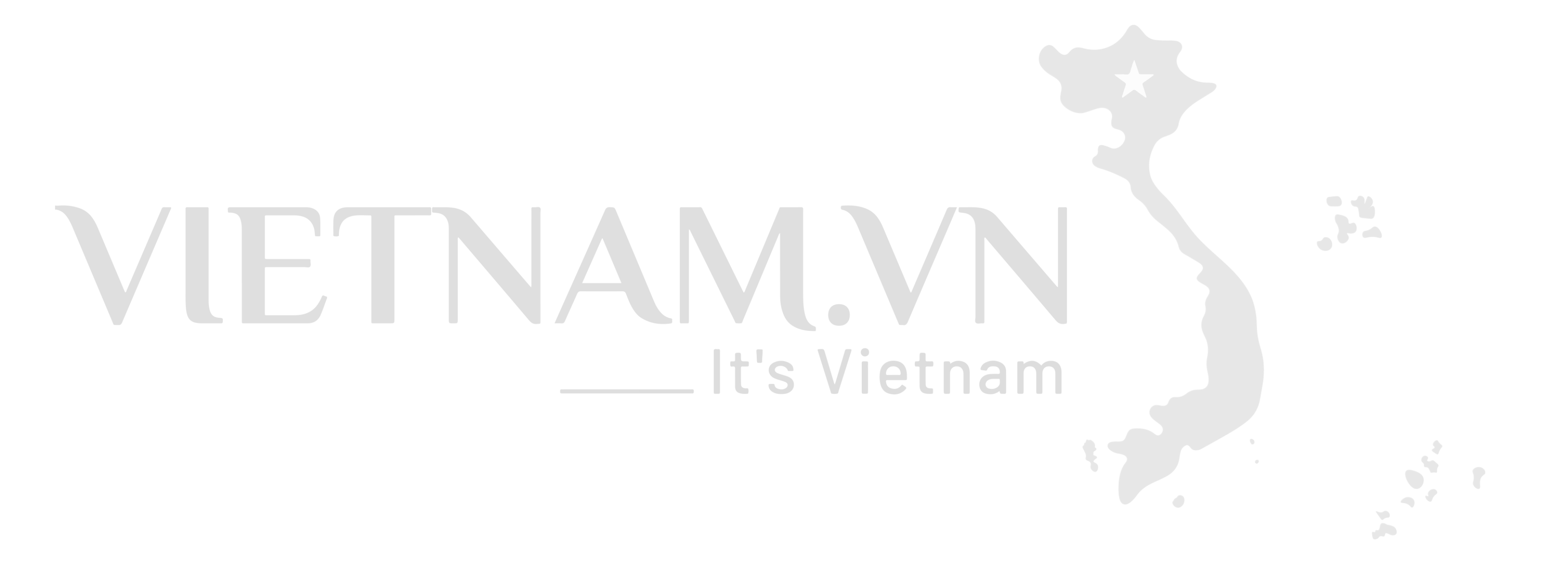


![[Photo] Impressive image of 31 planes taking flight in the sky of Hanoi during their first joint training](https://vphoto.vietnam.vn/thumb/1200x675/vietnam/resource/IMAGE/2025/8/24/2f52b7105aa4469e9bdad9c60008c2a0)
![[Photo] Phu Quoc: Propagating IUU prevention and control to the people](https://vphoto.vietnam.vn/thumb/1200x675/vietnam/resource/IMAGE/2025/8/24/f32e51cca8bf4ebc9899accf59353d90)
![[Photo] Party and State leaders meet with representatives of all walks of life](https://vphoto.vietnam.vn/thumb/1200x675/vietnam/resource/IMAGE/2025/8/24/66adc175d6ec402d90093f0a6764225b)

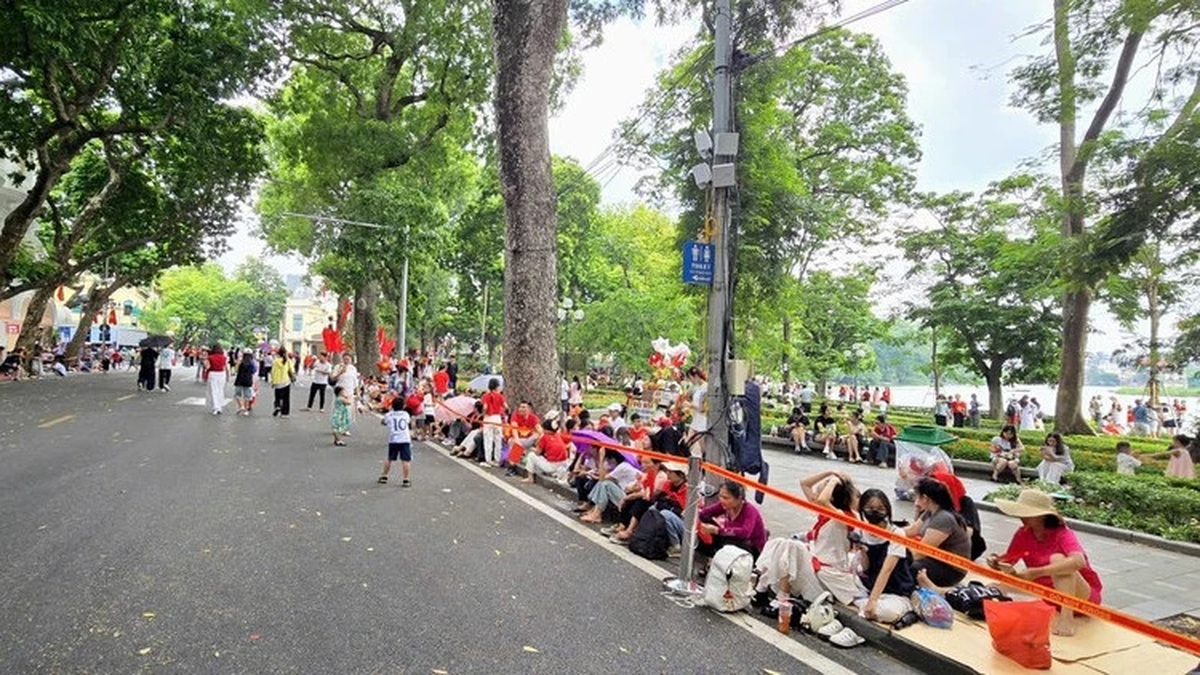
![[Photo] The ceremonial artillery is ready to "fire" for the second parade rehearsal at My Dinh National Stadium.](https://vphoto.vietnam.vn/thumb/1200x675/vietnam/resource/IMAGE/2025/8/24/883ec3bbdf6d4fba83aee5c950955c7c)






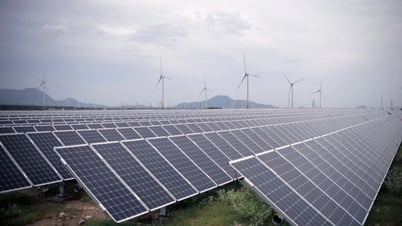









![[Photo] Phu Quoc: Propagating IUU prevention and control to the people](https://vphoto.vietnam.vn/thumb/402x226/vietnam/resource/IMAGE/2025/8/24/f32e51cca8bf4ebc9899accf59353d90)
![[Photo] Party and State leaders meet with representatives of all walks of life](https://vphoto.vietnam.vn/thumb/402x226/vietnam/resource/IMAGE/2025/8/24/66adc175d6ec402d90093f0a6764225b)

![[Photo] The ceremonial artillery is ready to "fire" for the second parade rehearsal at My Dinh National Stadium.](https://vphoto.vietnam.vn/thumb/402x226/vietnam/resource/IMAGE/2025/8/24/883ec3bbdf6d4fba83aee5c950955c7c)






























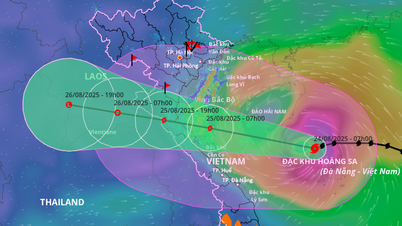
































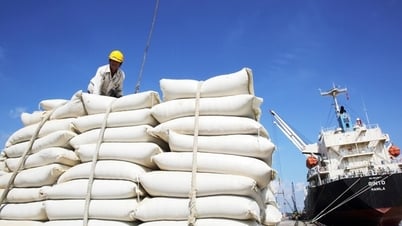




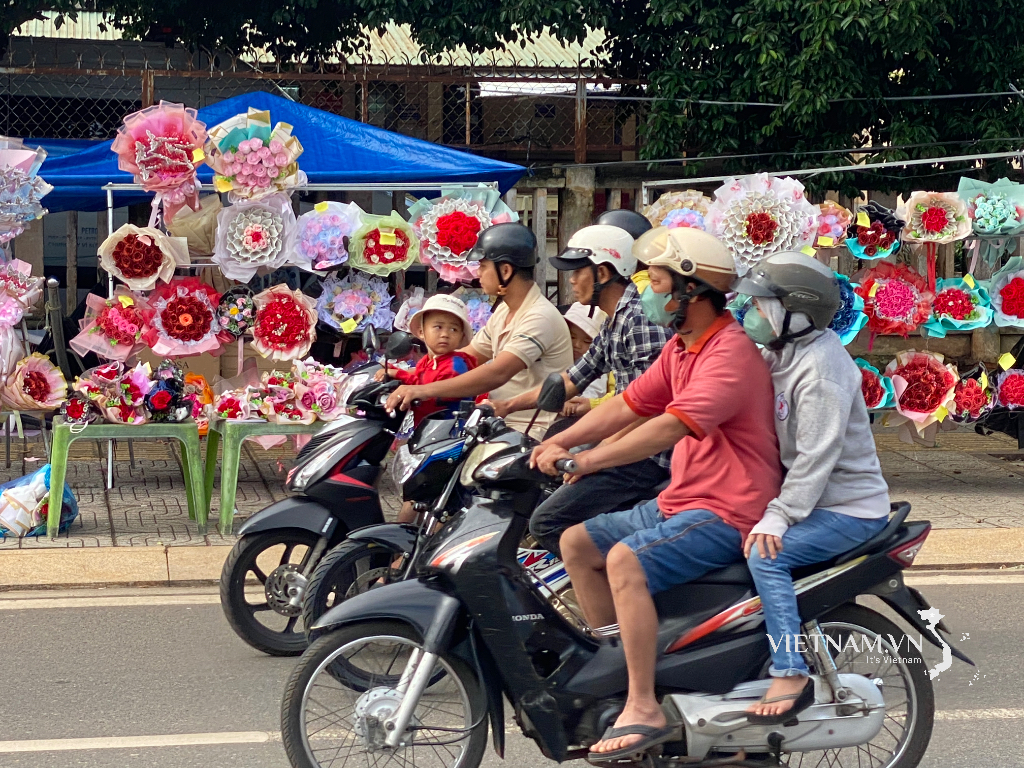

Comment (0)